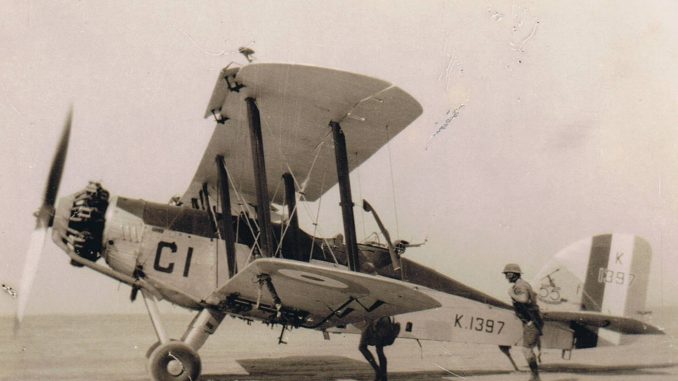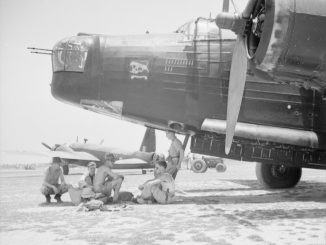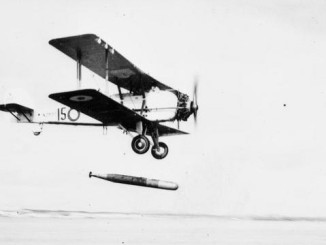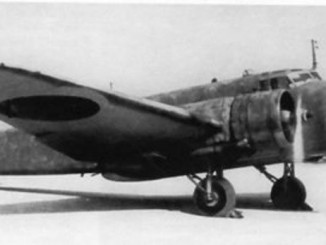
In the mid-1920s the standard ‘general purpose’ aircraft in the RAF was the DH-9A, which had its roots in the World War I era DH-4. Interwar budget cuts meant that it was not until 1926 that a replacement was sought, and in keeping with the austere times the RAF again looked for a general purpose aircraft rather than more specialist types. Westland’s proposed design, which would become the Wapiti, had some design commonality with the DH-9A, and spare parts for the older type could be used on the Wapiti – a distinct advantage given the large stocks of these that were available.
The wings of the Wapiti were almost identical to those of the DH-9A, being large fabric covered surfaces common of the era. The engine was a Bristol Jupiter VI, although some later marks used the uprated Jupiter IX. The fuselage was a composite of wood and metal, with space for a crew of two – pilot and observer. The undercarriage was greatly improved over the DH-9A with more resilient shock absorbers.
The Wapiti was the first aircraft to be assigned to the brand-new Indian Air Force when it was founded in 1932. Four Wapitis were purchased from RAF squadrons in India for the princely sum of £10 each, and all were assigned to number 1 Squadron, IAF. Some years later the Wapitis saw combat in North Waziristan, where it was used during ‘policing actions’, attempts to quell the many uprisings by rebellious Afghan tribesmen.
Many Wapitis were still on strength with volunteer reserve Coastal Defence Flights when the war with Japan broke out. These were charged with flying reconnaissance missions to cover India’s 6,000km coastline, and it was a Wapiti of 6 CDF that discovered Admiral Ozawa’s force during the Indian Ocean Rai of 1942. Another Wapiti attempted to attack a Japanese submarine – however, it was so slow that the submarine had crash dived long before the aircraft got close enough to drop its bombs.
The Wapiti gradually fell out of use as the aircraft succumbed to accidents, and were eventually replaced with more capable British and imported types such as the Vultee Vengeance.




Leave a Reply